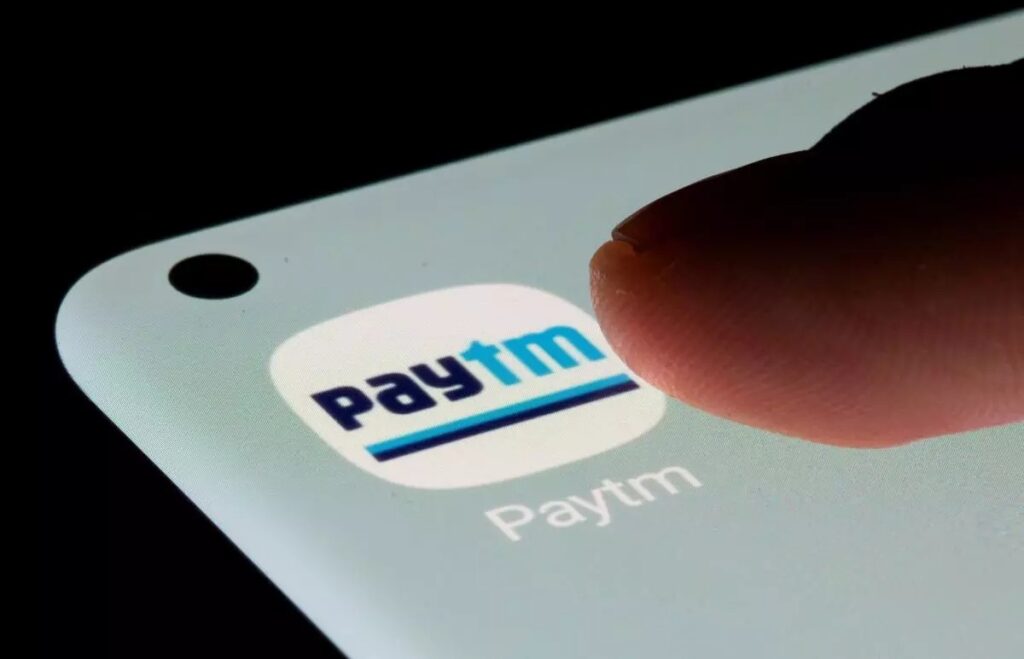Paytm is a leading digital payment and financial services platform in India, offering a wide range of solutions for both consumers and merchants. As a merchant, you can accept Paytm payments from customers and access various business tools by opening a Paytm merchant account. In this guide, we’ll walk you through the process of opening a merchant account in Paytm.

Step 1: Verify Your Eligibility
Before you start the process of opening a Paytm merchant account, make sure you meet the following eligibility criteria:
- You must have a business registered in India.
- You must have a valid PAN (Permanent Account Number) for your business.
- You must have a valid bank account in the name of your business.
- You must have a valid email address and mobile number for your business.
If you meet these criteria, you can proceed with the application process.
Step 2: Visit the Paytm for Business Website
To begin your application, go to the Paytm for Business website (https://business.paytm.com/). Click on the “Sign Up” button in the top-right corner of the page.
Step 3: Provide Your Business Details
On the registration page, you’ll need to provide the following information about your business:
- Business name
- Business type (Private Limited Company, Partnership, Proprietorship, etc.)
- Business address
- PAN details
- Contact details (email and mobile number)
Make sure to provide accurate and up-to-date information, as Paytm will use this to verify your business and set up your merchant account.
Step 4: Submit Required Documents
After providing your business details, you’ll need to submit the following documents to complete your application:
- PAN card
- Business registration certificate (such as GST certificate, Shop Act license, or Certificate of Incorporation)
- Cancelled cheque or bank statement of your business bank account
- Address proof of your business (such as utility bill, rental agreement, or registration certificate)
You can upload scanned copies or clear photos of these documents directly on the Paytm for Business website.
Step 5: Wait for Verification and Approval
After submitting your application and documents, Paytm will review your information and verify your business. This process usually takes 1-2 business days, but may take longer in some cases.
If your application is approved, Paytm will create your merchant account and send you a confirmation email with your account details and login credentials. If there are any issues with your application, Paytm will contact you for clarification or additional information.
Step 6: Set Up Your Merchant Account
Once your merchant account is created, log in to the Paytm for Business dashboard using the credentials provided in the confirmation email. Here, you can access various tools and settings to manage your account, such as:
- Updating your business profile and contact details
- Adding and managing sub-users for your account
- Setting up payment methods and preferences
- Integrating Paytm with your website, app, or point-of-sale system
- Accessing transaction reports and statements
Take some time to familiarize yourself with the dashboard and customize your settings according to your business needs.
Step 7: Start Accepting Paytm Payments
With your Paytm merchant account set up, you can start accepting payments from customers through various channels, such as:
- QR codes: Generate and display Paytm QR codes at your store or on your invoices, which customers can scan and pay using their Paytm app.
- Payment links: Create and share payment links with customers via email, SMS, or messaging apps, which they can use to make payments on your website or app.
- Paytm All-in-One POS: Use Paytm’s point-of-sale device to accept payments via Paytm wallet, UPI, credit/debit cards, and other methods at your physical store.
- Website or app integration: Integrate Paytm payment gateway with your website or app using APIs or plugins, to accept payments from customers.
Choose the payment channels that best suit your business model and customer preferences, and start accepting payments seamlessly.
Step 8: Manage Your Transactions and Settlement
As you start accepting Paytm payments, keep track of your transactions and settlement using the Paytm for Business dashboard. Here, you can:
- View real-time transaction details and status
- Generate transaction reports and statements for accounting and reconciliation
- Initiate refunds or adjustments for customer disputes or errors
- Check your settlement history and account balance
- Raise support tickets for any issues or queries
Paytm settles your funds to your registered bank account on a T+1 basis (i.e., the next business day after the transaction), subject to certain conditions and fees. Make sure to maintain sufficient balance in your bank account to avoid settlement failures or delays.
Conclusion
Opening a merchant account in Paytm is a simple and convenient way to start accepting digital payments from customers and grow your business. By following the steps outlined in this guide and managing your account effectively, you can take advantage of Paytm’s wide range of payment solutions and business tools to streamline your operations and enhance your customer experience.
As a Paytm merchant, you also have access to various marketing and promotional tools, such as cashback offers, loyalty programs, and business listings, which can help you attract and retain customers. Keep exploring the Paytm for Business platform and make the most of its features to take your business to the next level.










Add Comment